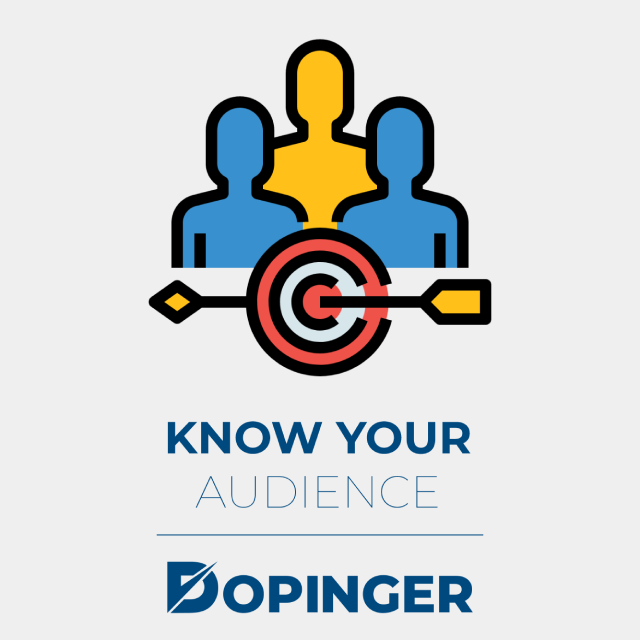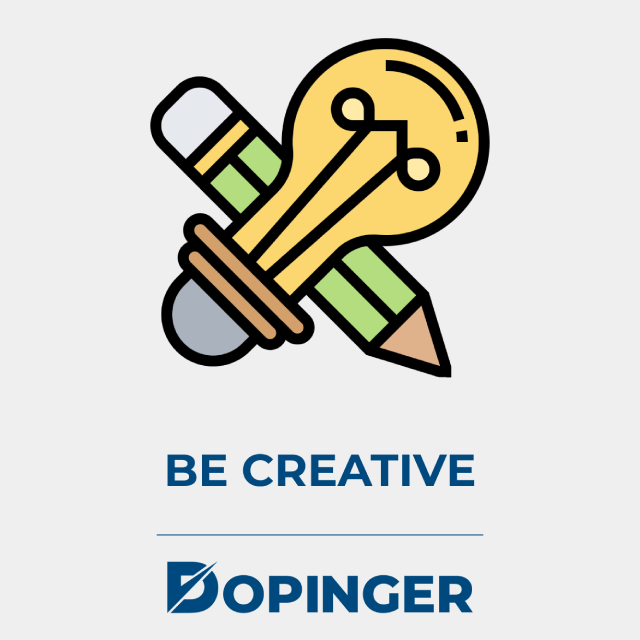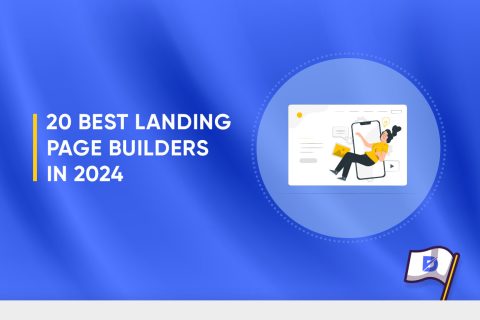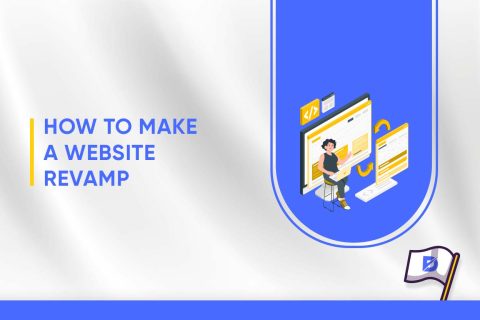An infographic is any visual representation of information or data. Yet, the true meaning of an infographic from a graphic design point of view is a package of visual content giving important information in an easy-to-understand way to your readers. If used correctly, infographics can attract major attention. There are many infographic templates on the internet you can use to create your infographics, but a few tips along the way can help. Here are ten tips and infographic ideas to improve the quality of your infographics, whether you want to use your infographics on your blog post, on your social media, or in content marketing.
How to Improve Your Infographics?
Time needed: 2 hours
With that being said, let’s see what we can do to improve your infographics. Just follow these ten tips, and your infographics are going to improve.
- Know Your Audience
Coming up with a good idea is a good start, yet it’s rarely enough for your infographics to be successful.
- Tell a Story While Being Informative
A good infographic has to tell a good story while also being informative.
- Simplicity Wins
Although you have to create an informative package to create good infographics, making it so that it’s overly complex is never a good idea.
- Cite Your Sources
If you are giving information and facts, your information should also be trustworthy.
- Do not Go Too Big
Making your infographics too long will only cause you to lose attention, not to mention it will also make the infographic hard to manage.
- Create a Focal Point
Creating a central point in your infographics as an anchor is a good idea.
- Creating the Perfect Headline
The headline is the first thing capturing the attention of your audience.
- Visualize Comparisons
Infographics can be used to give information; that’s true. But it’s also a great tool to compare data.
- Be Creative
There are plenty of well-known infographic types, although being creative makes the difference.
- Keep It Flowing
The strongest aspect of an infographic is that it keeps flowing, all the while keeping you engaged. It should be a story that keeps you engaged, making you go from one phase of it to another.

Now, let’s take a look at these steps in greater detail. Allow us to start with the important ones.
Know Your Audience
Real successful infographics are the ones that can reach the audience, that can capture their audience. Blindly following design trends when creating your infographics and forgetting about your audience’s needs and wants is an easy mistake to make.
Tell a Story While Being Informative
Although it looks hard, finding the balance between storytelling and giving facts in the same picture can be achieved. Use tools such as pie charts, three-dimensional images, and timeline infographics while also decorating your infographics, using good design ideas like using white space, using negative space, or experimenting with the font size. There are a lot of free infographics on the internet, and taking a look at them for new ideas is always a good tip.
Simplicity Wins
Infographics should be easily read and understood at first glance. Too much information clustered together chaotically can deter your audience easily.
Cite Your Sources
You should always cite your sources. Creating a small area on the bottom of your infographic to cite your sources is a good idea. They should be clear to see but also not take any necessary place you aim to use for your infographic.
Do not Go Too Big
Limiting your infographic’s size to 8000 pixels is a good idea. Also, some people might have bad connection speed. It’s wise to keep its size small while using high-quality images as well to grant better accessibility. I have talked about infographics being a package of digestible information and data. Making your infographics too big will only betray this approach and make it either too chaotic and complex or will result in your audience losing attention.

Create a Focal Point
This way, it will make it easier to focus on the central theme of your infographic while also helping you not to get too carried away. This way, your infographic will not become a chaotic mess. A good idea could be first focusing on the center of your infographic and then decorating the free space with text and images, supporting your focal point.
Creating the Perfect Headline
You should create a headline that can describe your infographic, short enough to understand but can also grab the attention of your audience. Changing your headline after or while creating your infographic is not a good idea. Creating the perfect headline for your infographics takes serious planning. Thus you should also plan the headline just like planning the infographic you are making.
Visualize Comparisons
Keeping that in mind will always help you along the way. Just throwing in big numbers is not a good idea. You should also give other examples and compare the numbers to each other to make the sheer size of the numbers you are giving easily understandable. Your job is to paint the Picture of a number, making your audience understand just how big is the number you are giving.

Be Creative
You should plan your infographics in such a way that they should grab the attention of your viewers, all the while making them stay with information on them. Creativity is the key to any successful design. Do not limit your creativity while not getting too carried away and making your infographics too complex. Unique infographics are much more likely to go viral and succeed than well-known, boring infographics.
Keep It Flowing
Keeping the flow is important as it will help your readers understand your idea while keeping them engaged. Although it might seem hard at the beginning, you will be able to get a grasp on it and learn to focus on the flow.
Improving Infographics In Conclusion
Infographics are great tools to give information while telling a story. I gave some tips to improve infographics while giving you new ideas to create new infographics. Experimenting with your infographics or taking a peek at the countless free infographics you can find with a quick search is a good place to start. A good infographic should be a package of information that can both capture the attention of your viewer and easy to understand. As a side note, make sure your texts are written in attractive fonts. If you don’t know where to obtain them, then simply go to our post on the top 17 online font generators for free.
Frequently Asked Questions About
It’s a package of information that’s conveyed with imagery.
Making too long or too big infographics will make your infographics both chaotic and hard to understand. Too big or too long infographics will also end up making your readers lose attention.
An infographic is similar to storytelling. You should keep your audience engaged while giving them the information they seek. In that aspect, it wouldn’t be absurd to compare them to comic strips. So the short answer is, the flow of your infographics keeps your readers engaged.
Giving your comparisons a visual interpretation in your infographics will instantly help you. Your job is to make your readers understand just how big of a difference between ”A” and ”B” data visually.
The information you give in an infographic must be truthful and can be checked. By citing your sources, you make sure your readers can read about the information you are giving and fact-check your infographics.





No comments to show.